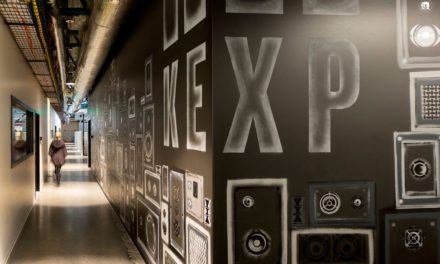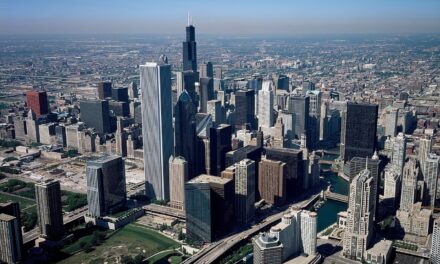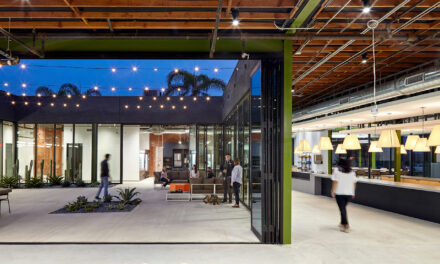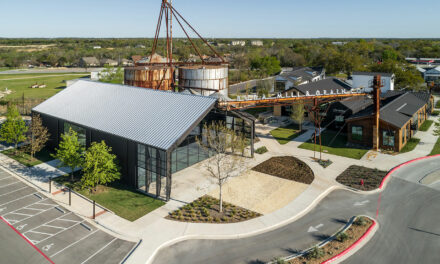TPG Architecture, an award-winning, New York City-based design firm, last week announced the completion of a new office for Gunung Sewu Group in Jakarta, Indonesia. When it came time for Gunung Sewu Group to consolidate its four organizations into a single office in the heart of Jakarta’s central business district, their leadership team tapped the firm to build them an office of the future.
Spanning ten floors at the top of the Sequis Tower, Gunung Sewu Group’s new headquarters puts the organization’s dynamic corporate mission and sense of diversity on display through the allegory of the Banyan tree.
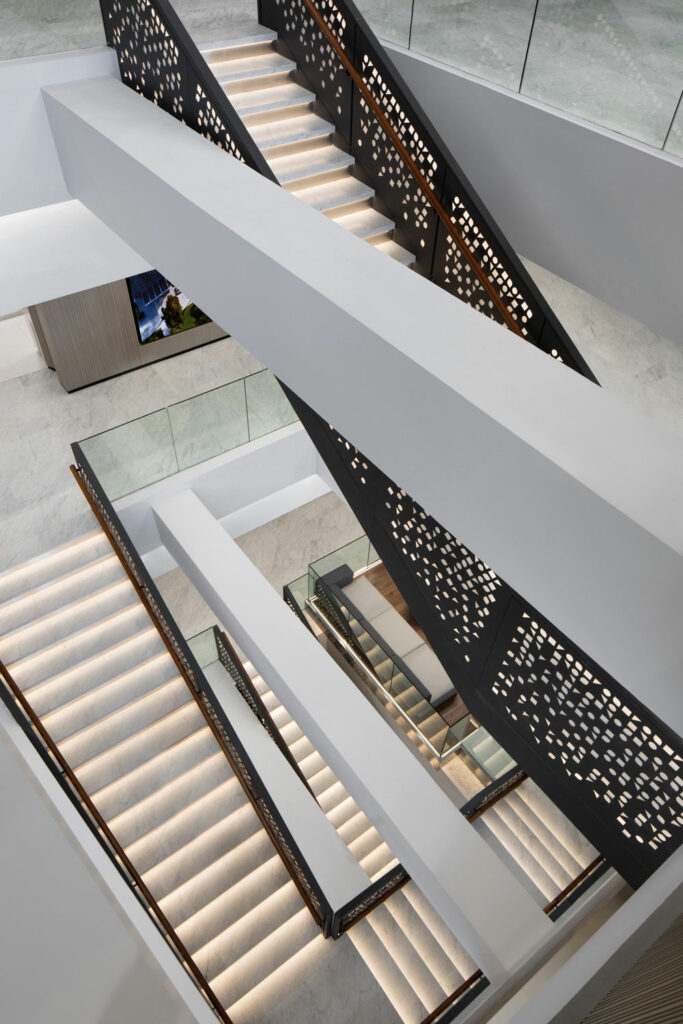
Courtesy of TPG Architecture
Established in 1953 as a commodities trading business, Gunung Sewu Kencana has grown to become one of Indonesia’s premier diversified business groups, with a workforce of approximately 30,000 professionals in five primary business sectors: food and agriculture; insurance; property investment and development; manufacturing and other emerging businesses including coal mining and IT.
Sequis Tower, one of the business’ developments located in the heart of Jakarta’s Sudirman Central Business district, represents the next generation of International Grade A office buildings in Indonesia. The group’s leadership sought to consolidate four of its core organizations into a single office, and tapped this New York-based firm to build an office that is designed to promote cross-cultural collaboration and interconnectivity. TPG Architecture states the resulting concept is both stunning and understated, embracing a holistic and egalitarian approach to the workplace.
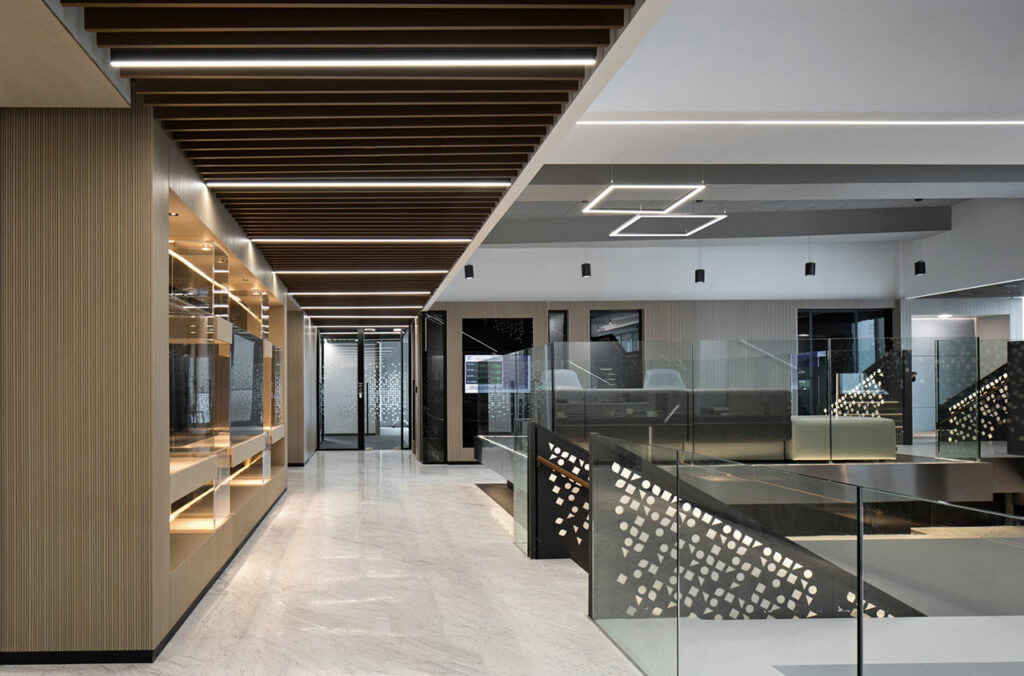
Courtesy of TPG Architecture
The 482,000-square-foot office is connected through the integration of a feature staircase that resembles the tangled roots of the Banyan tree. In Balinese culture, the Banyan is sacred, said to emit energy from the gods and ancestor spirits that congregate along its branches.
Bringing this concept to the workplace, the architecture firm created a tiered design for the central staircase that establishes a pattern of vertical circulation throughout the organization’s various floors of the building, also intended to serve as a hub for collaboration and spontaneous socialization.
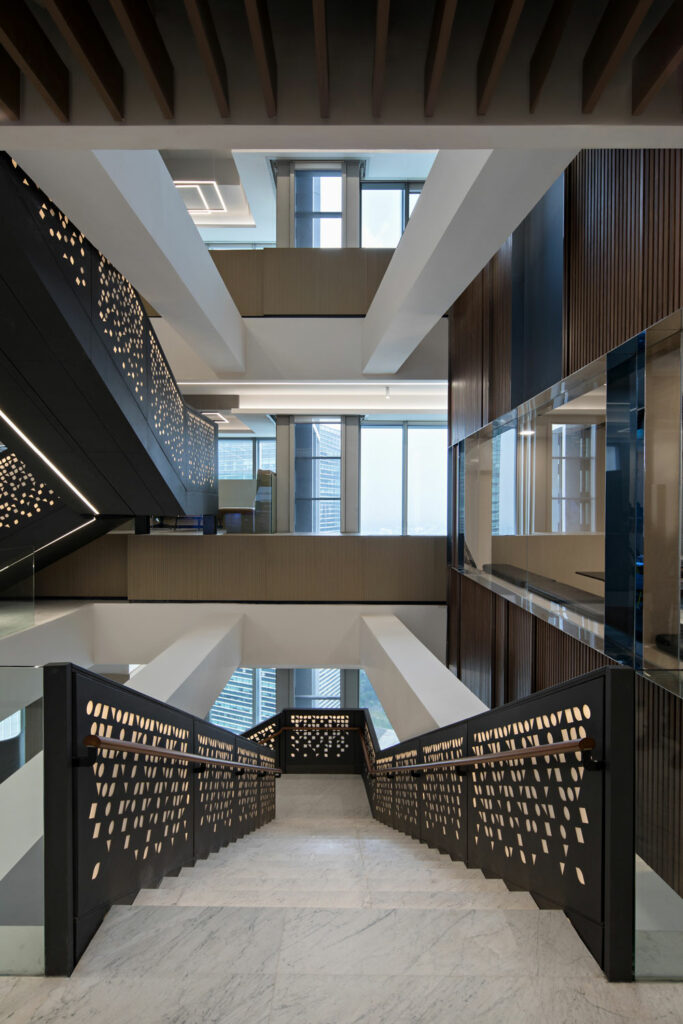
Courtesy of TPG Architecture
The stair’s layout was purposefully located in an alternating pattern, in order to create views both upwards and downwards, to reinforce the connection among the floors and the businesses. Recalling the terraced landscape of the locale, mid-landings create dynamic collaboration zones adjacent to the steps, which provides offshoots for staff to convene and converse.
Beyond the stair, dedicated workspace is sectioned into neighborhoods organically defined by the architecture of the building, which is ideal for teams of varying sizes. Communal areas throughout the space are comprised of oversized cafes, which double as collaborative meeting spaces. An attractive outdoor terrace which capitalizes on sweeping views of the bustling metropolis below, also provides a space for employees to work and relax.
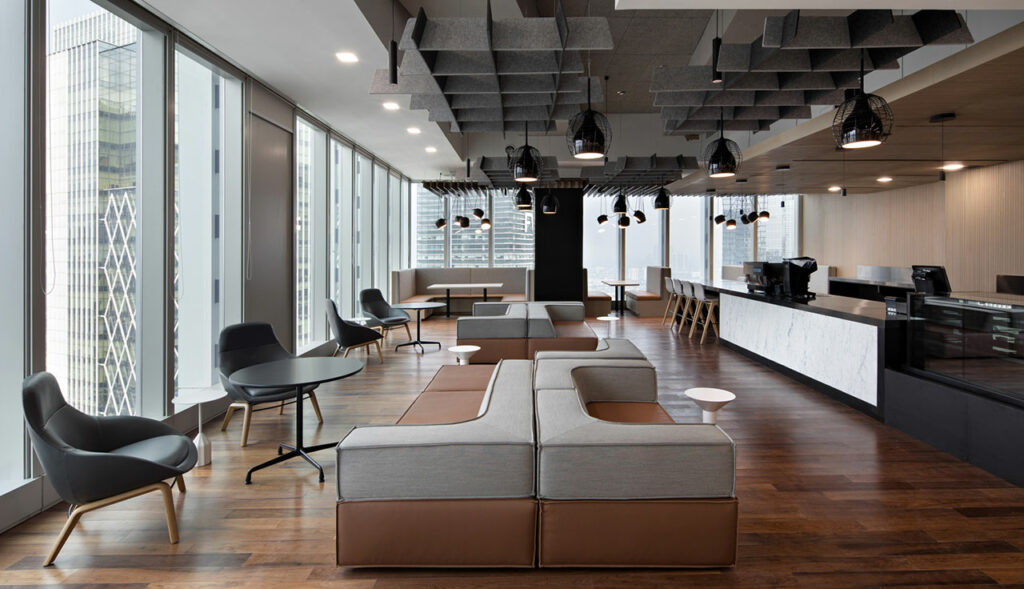
Courtesy of TPG Architecture
For more information and to learn more about TPG Architecture, please visit http://www.tpgarchitecture.com/.


